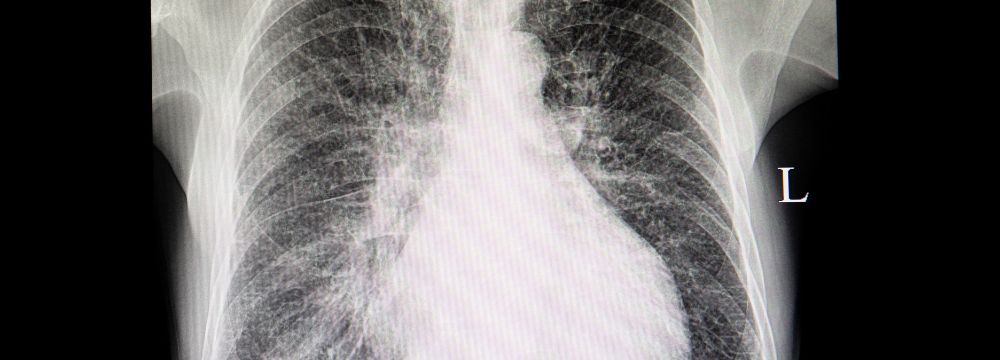 Heart disease is a common concern for people of all genders, shapes, sizes, and backgrounds. Some factors for heart disease can be controlled, like daily habits, dietary choices, and exercise habits. Others, like genetics and family history, pose a risk that cannot be altered. Most importantly, everyone should know their risk of heart disease and speak to their doctor about appropriate screening now and in the future.
Heart disease is a common concern for people of all genders, shapes, sizes, and backgrounds. Some factors for heart disease can be controlled, like daily habits, dietary choices, and exercise habits. Others, like genetics and family history, pose a risk that cannot be altered. Most importantly, everyone should know their risk of heart disease and speak to their doctor about appropriate screening now and in the future.
What Is Heart Disease?
Heart disease remains a leading cause of death in men and women in the United States.¹ Also called cardiovascular disease, or CVD, this term refers to several problems affecting the heart and its related structures. This includes the heart muscle, the layers of tissue surrounding the heart, and the blood vessels.
The number of blood vessels (arteries, veins, and capillaries) in the body is ASTOUNDING. It’s estimated that adults have about 100,000 miles of them. From end to end, they would stretch around the world four times! This complex network of interconnected tubes is responsible for moving the blood through the heart into the lungs for oxygenation and out to the rest of the body. Veins return used blood to the heart, where the process starts again.
As with any part of the body, the heart’s internal structures – like the heart valves and the four major chambers of the heart – can also be affected by the disease. While heart disease can begin in any number of the structures of the cardiovascular system, it will eventually cause problems elsewhere too.
The most common type of heart disease is coronary artery disease or CAD. This is also called coronary heart disease. Other conditions that fall under the ‘heart disease’ category include peripheral vascular disease (PVD), peripheral artery disease (PAD), and stroke.
How Does Heart Disease Affect Women?
Heart disease can affect anyone, but some heart problems are more common in women. In addition, a few of the symptoms and risk factors of heart disease are different between men and women. Of course, risk also varies among women, depending on many factors like genetics, environment, family history, and personal medical history.
About 44.4% of females over the age of 20 have some form of CVD²
Females are more likely to experience non-traditional heart attack symptoms than men. As a result, in some cases, significant cardiovascular events may be dismissed as anxiety or other less severe issues. Further, because the symptoms are often not the chest-clutching kind you see on TV, the patients may not know what they are experiencing.
Heart disease can cause problems during pregnancy since the heart must work harder than usual to support the mother and baby. These problems can also surface during other times in life when the body is affected by significant hormonal changes, like during menopause or treatment with estrogen-based therapies.
Females Tend to Experience Their First Heart Attack at an Older Age
Females can experience different heart attack symptoms than males³ Also, females are more likely to experience the more non-traditional symptoms of a heart attack. Now, we also know that females experience their first heart attack at an older age compared to their male counterparts. Based on data from 2005 to 2014, males had their first heart attack at 66, while females had their first heart attack at 72.²
Research also suggests that after a woman experiences a heart attack, they are more likely to experience serious consequences related to this event. This increased risk for women seems to last only a few weeks, but this is still concerning.²
While we often associate heart disease and heart attacks with men, women must also be aware of their risks. If you have a family history of heart disease – a close family member has had a heart attack or died of heart disease at a young age – you may be at particular risk. You should also speak to the qualified cardiologists here at Nevada Cardiology Associates if you have received treatments, such as chemotherapy or radiation, that can put extra strain on your heart. Lastly, if you are a smoker or are carrying excess weight, you have a higher risk of heart disease. Of course, these are not the only risk factors for heart disease, but they are very common today.
If you have the risk factors for cardiovascular disease, we encourage you to schedule a consultation with our office and receive proper care from a qualified cardiologist. Doing so can catch heart disease at its earliest stages and offer you the most effective treatment options.
References:
- FastStats. (n.d.). Leading Causes of Death. Retrieved October 3, 2022, from
https://www.cdc.gov/nchs/fastats/leading-causes-of-death.htm - Tsao CW, Aday AW, Almarzooq ZI, Alonso A, Beaton AZ, Bittencourt MS, et al.; on behalf of the American Heart Association Council on Epidemiology and Prevention Statistics Committee and Stroke Statistics Subcommittee. Heart disease and stroke statistics—2022 update: a report from the American Heart Association [published online ahead of print Wednesday, January 26, 2022]. Circulation. doi: 10.1161/CIR.0000000000001052 https://www.ahajournals.org/doi/10.1161/CIR.0000000000001052
- Listen to Your Heart: Women and Heart Disease. (n.d.). NHLBI, NIH. Retrieved October 3, 2022, from https://www.nhlbi.nih.gov/health-topics/education-and-awareness/heart-truth/listen-to-your-heart
- Heart Disease, Office on Women’s Health. (n.d.). Retrieved October 3, 2022, from https://www.womenshealth.gov/heart-disease-and-stroke/heart-disease








